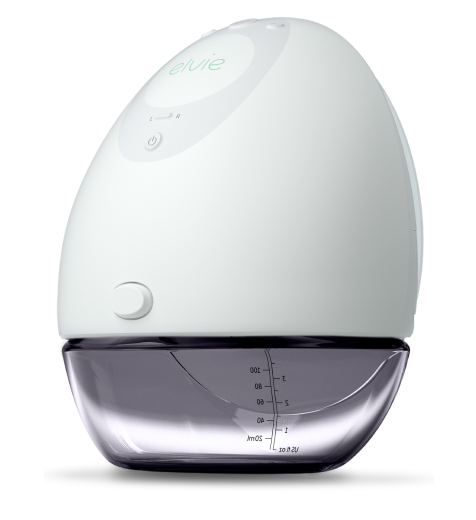This blog was reviewed by lactation consultant Olivia Hinge on 05/03/24
Choosing a breast pump can feel a little overwhelming at times — there are so many different types and brands available that it’s hard to know where to start! Do you choose a hospital-grade breast pump? A wearable electric breast pump? A hand-operated manual breast pump?
Whether you’re a new parent, or you’re just new to the world of breast pumping, we’re here to provide an overview of why you may want to pump, and how to pick a breast pump that’s perfect for your (and your baby’s) needs.
Why use a breast pump?
While pumping certainly isn’t a necessary part of the breastfeeding journey for all mums, there are plenty of reasons why people find they may need or want to use a breast pump. These could include:
Medical issues (such as a cleft palate) causing the baby to be unable to feed from the breast.
A baby that is unable to latch or suckle.
You’re not well enough to feed your baby.
You’re going to be apart from your baby because you’re returning to work.
Low milk supply — in these cases, a breast pump can help to stimulate milk production.
Some parents experience challenges during the first few months of breastfeeding. Feeding directly from the breast may not be an option in these situations, which is where pumping comes in – it enables you to provide your baby with breastmilk.
Remember — breast pumping is an individual experience. You might need to exclusively pump, or you might choose to pump in addition to breastfeeding to give yourself some freedom.
Breast pump types
Each breast pump is designed differently, and different pumps suit different pumping needs. For example, if you only need to pump occasionally, a straightforward manual breast pump might be all you need, while if you’re exclusively pumping you may need to opt for a hospital-grade electric breast pump. The different breast pump types include:
Manual breast pumps and suction pumps
A manual breast pump is operated by hand and typically uses a lever or handle to create suction and stimulate milk flow. There’s no electrics involved. Manual breast pumps are typically smaller and more portable than an electric breast pump, but may be less efficient and require more physical effort to use. The classic manual pump design uses a lever, which you squeeze to create a vacuum and empty the breast.
Suction pumps
A suction cup like Elvie Curve has no levers, and the suction is created simply by pressing the cup. It’s a smaller alternative that can be worn inside the bra. It’s perfect for mums who want comfortable, discreet, and gentle suction, but it may not empty the breasts to the same level as a lever-operated pump.
Electric breast pumps
An electric breast pump such as Elvie Pump is powered by a motor and uses suction to stimulate milk flow. Electric breast pumps can be more efficient and comfortable to use than manual pumps – especially the Elvie range, which is designed to be hands-free and wearable, whatever you’re doing. Electric pumps can be expensive, though. They can be purchased as single or double (a double electric breast pump is able to pump from both breasts at the same time) and may be battery-powered or plug-in. Plug-in pumps mean you need to be near a mains outlet, so they don’t give you the freedom of a battery-operated device.
Hospital-grade breast pumps
A hospital-grade breast pump is designed for frequent and heavy-duty use, and is often used in hospitals and lactation centers. Elvie Stride’s motors have the same level of power and suction as pumps used in hospitals, and the Stride is optimal for women looking to establish or maintain a breast milk supply via exclusive pumping. These pumps are also a good option for people with milk supply issues.
Plus, if you find that you want to double up your pumping game down the line, Elvie Stride Single can easily be turned into Elvie Stride Double with the purchase of additional Elvie Stride Accessories.
Wearable and hands-free breast pumps
These terms tend to refer to the same kind of pump – wearable pumps are hands-free, and vice-versa! These pumps are designed to be worn under clothing, allowing the user to express breast milk discreetly while on the go. Both Elvie Pump (a slimline all-in-bra electric breast pump) and Elvie Curve (a contoured manual suction breast pump) enable you to collect milk in-bra, so there’s no need to hold the pump to your breast – that’s the hands-free element.
Single vs double breast pumps
A single electric breast pump (as the name implies) allows you to pump from one breast at a time, which could work really well if you’re only expressing occasionally. A double breast pump, on the other hand (which pumps milk from both breasts simultaneously), typically delivers more milk and is better for expressing regularly. A double electric breast pump might be more suited to those who struggle with their milk supply or need to express while returning to work.
How to pick a breast pump
Before buying a breast pump, there are a few things you might want to think about. We want to help you choose the pump that meets your’s and your baby’s needs best. Points to consider before choosing a pump include:
Determine your needs
Consider why you need a breast pump and how often you’ll be using it. This will help you to determine the type of breast pump you need. For example:
If you only need to pump occasionally (for example, for an occasional bottle feed or to soften engorged breasts), a manual pump might be a better option.
If you’ll be returning to work and pumping regularly, you may want a more efficient and powerful double electric pump that will allow you to express several times a day.
If you’ve got a busy schedule or intend to be on the go a lot, you’ll want to opt for a portable breast pump, or at least one which fits neatly and discreetly under your clothes.
If you’re struggling to supply milk, or you’re trying to establish or maintain a milk supply, you’ll likely need a hospital-grade breast pump.
Whatever your reasons for breast pumping, it’s important to find a breast pump that matches your lifestyle needs.
Consider your budget
A breast pump is an investment, so you need to consider your budget carefully and ensure you know what you’re getting for your money. Naturally, a manual breast pump will be more affordable than an electric pump, but manual pumps are typically less efficient and may require more effort to use. Electric pumps are more expensive, but they offer more power and comfort than a manual pump.
Breast pumps tend to range in price from under $50 to several hundred dollars. Determine your needs, decide on a budget that works for you, and look for a breast pump within an affordable range.
Ensure you choose the right size
Whether you opt for an electric or a manual breast pump, it’s important to make sure you choose the correct breast shield size so that it fits comfortably over your nipple and doesn’t cause any pain. A properly fitting pump maximizes milk production and efficiency. Most breast pumps come with a range of shield sizes, and you can find the right size for you by using the Elvie nipple sizing guide.
It’s important to remember that your breasts and nipples may differ in shape and size, so it’s possible you may need different size shields for each breast if opting for a double breast pump. Your breasts can also change size throughout lactation, which can impact the shield size you require.
Rent or try before you buy
Some hospitals and lactation consultants offer breast pump rental programs, which can be a good option if you’re not sure which breast pump is right for you, or if you want to try out different models before making a purchase. This way, you can ensure the breast pump you opt for is comfortable and you know how to use it beforehand.
Read user reviews
One of the most effective ways to determine whether a breast pump is right for you is by reading reviews written by people who have previously used the product. Look for a pump with positive reviews that speak to your personal needs and expectations.
Consult a doctor or lactation specialist
If you have any questions or concerns about choosing a breast pump, it can be helpful to consult your doctor or a lactation specialist. They can provide guidance and recommendations based on your specific needs and situation.


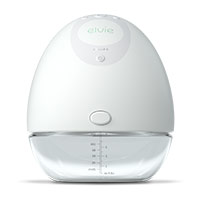
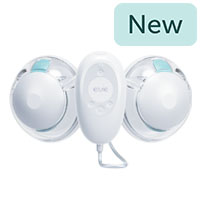
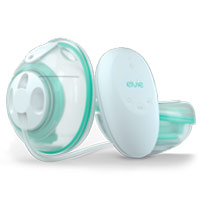
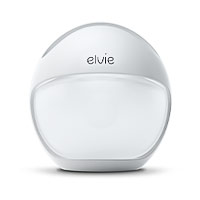
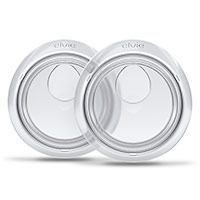
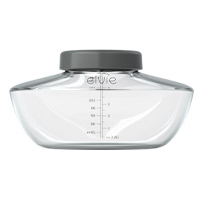
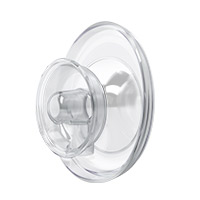

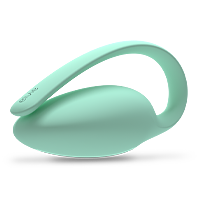
 8 minute read
8 minute read